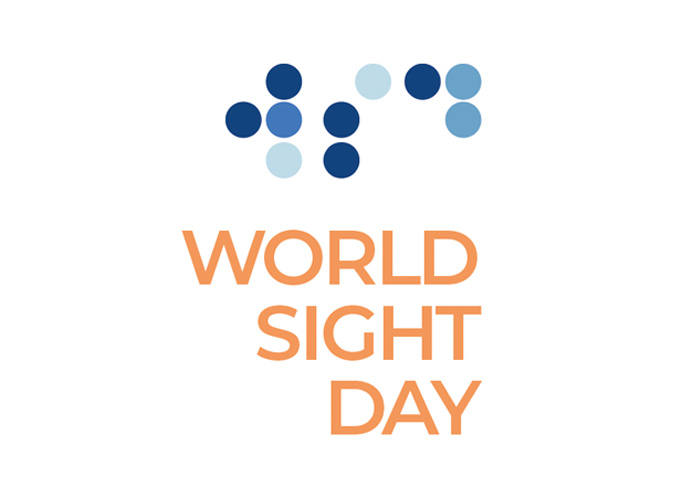
- This event has passed.
Closing the Gap: Helping Families Remove Barriers to Eye Care After Receiving Referrals from Vision Screenings
November 6, 2024 @ 2:00 PM - 3:30 PM - EDT
About the Webinar
After receiving a vision screening, a confirmatory eye examination, and prescription glasses, many children demonstrate improvement in academic progress, an increase in focus during lessons, an increase in participation and classroom interaction, and an improvement in confidence and behavior. Yet, only about 5% to 50% of children participate in an eye exam after receiving a referral from a vision screening. This webinar will describe two approaches to closing the gap between vision screening referrals and eye exams; provide tips for creating a comprehensive, systematic approach to help close the gap; and introduce the “Small Steps to Eye Care Action Plan: A Conversation Guide” to help identify individualized family barriers to eye care.
Learning Objectives:
- Describe the importance of an eye examination and treatment, if necessary, after receiving a referral from a vision screening.
- Describe 1 strategy for helping ensure children wear their prescription glasses.
- List 3 strategies to help resolve barriers to eye care.
Who Should Watch?
Anyone who follows up with families after their children receive a referral for an eye exam from a vision screening, including school administrators, teachers, school nurses, social workers, care coordinators, Early Head Start and Head Start staff, early care and education professionals, and School-Based Health Care staff.
Summary
Dr. P. Kay Nottingham Chaplin, National Center for Children’s Vision and Eye Health at Prevent Blindness (NCCVEH) Associate Director, reviewed research on the different academic considerations for vision, including improved academic outcomes when children’s vision disorders are addressed. She also emphasized the importance of detecting, diagnosing, and treating vision disorders; following through on vision screenings after a referral; and reviewed system barriers to eye care.
Examples on how to close the gap between referrals from vision screening and the confirmatory eye examination and treatment were provided by the other panelists:
Presciliana Olayo’s school district (Forth Worth Independent School District) requires vision screenings within 120 days of enrollment. Due to a lack of follow-up on referrals, the Alcon Children’s Vision Center ensures comprehensive eye exams and high-quality eyewear for students at no cost to families. Staff travel to schools to conduct eye examinations and a clinic is open year-round for all district students. Alcon employees conduct vision screenings upon receiving state of Texas-endorsed training from Prevent Blindness Texas.
Shondel Wade-Reese’s school district (Wilkinson County School System District in Georgia) faced barriers, including missing results, delayed screening/referrals, and students with undetected vision issues. They worked to create color-coded essential hearing and vision program documents to reduce cross-file confusion and increase parent attention to vision screening results. The school also educates parents, teachers, and staff to improve and increase referrals with color-coding, relying on a streamlined system to manage students who passed and did not pass their vision screenings.
Dr. Shanyn Toulouse reviewed the latest School Nursing Practice Framework, which has an enhanced focus on care coordination and quality improvement for children’s vision health. To address the gaps families may experience related to health equity and standardized processes, she reviewed a new NCCVEH tool that is currently being pilot tested: the Small Steps to Eye Care Action Plan: A Conversation Guide. This tool enables vision screening programs to work with families to identify their personal barriers to care and create action plans so students can access eye care and treatment.
If you want to be considered as a pilot participant, complete this short form: Small Steps to Eye Care Action Plan: A Conversation Guide.
Presenters
P. Kay Nottingham Chaplin, EdD
Dr. Nottingham Chaplin is the Associate Director of the National Center for Children’s Vision and Eye Health at Prevent Blindness.
Presciliana Olayo, MLS
Ms. Olayo is the Coordinator of Vision Care Services, Fort Worth Independent School District, Fort Worth, Texas.
Shondel Reese, RN-BSN
Ms. Reese is the Nursing Coordinator, Wilkinson County School System District, Irwinton, Georgia.
Shanyn A. Toulouse, DNP, MEd, RN, NCSN
Dr. Toulouse is the Northeast Regional School Nurse Consultant, Haverhill Public Schools, Haverhill, Massachusetts.
The webinar is hosted by the National Center for Children’s Vision and Eye Health at Prevent Blindness and supported by Johnson and Johnson Vision (J&J Vision)






